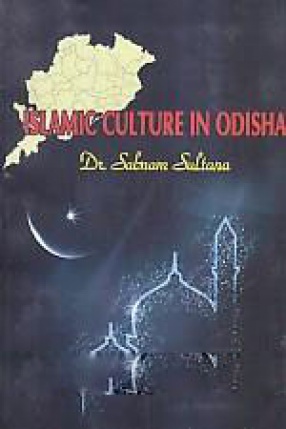
Islamic Art

193 books


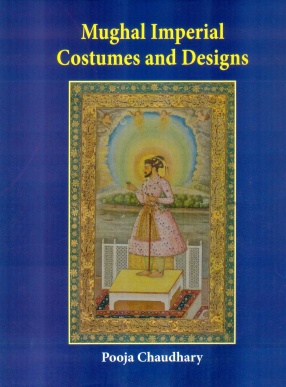
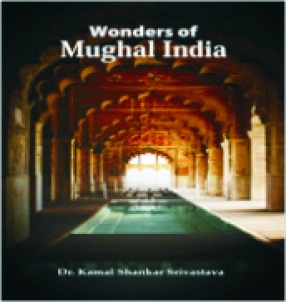
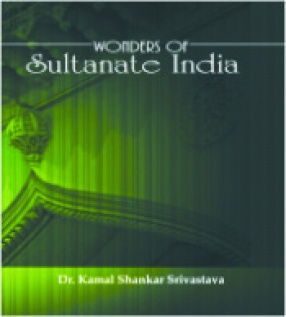
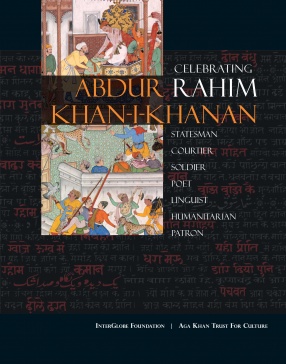
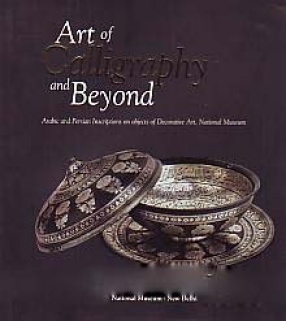
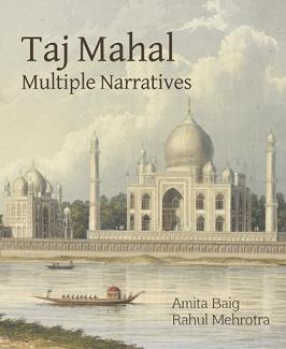
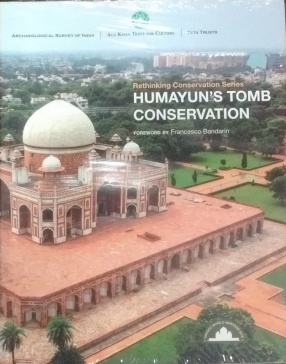
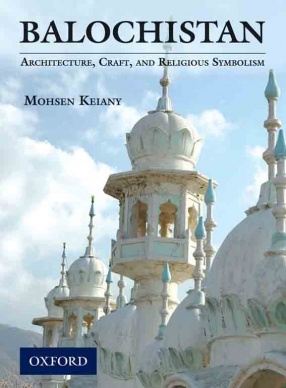
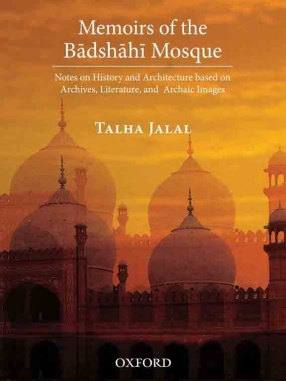
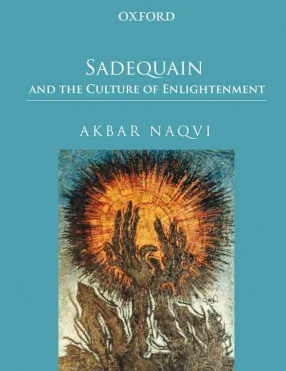
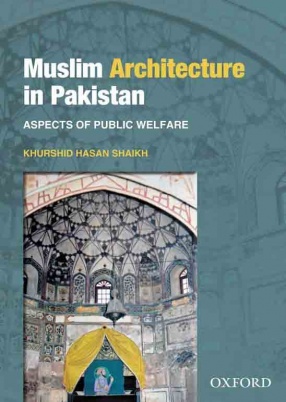
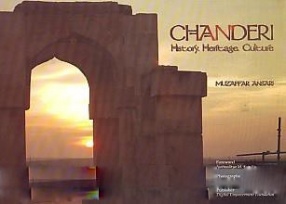
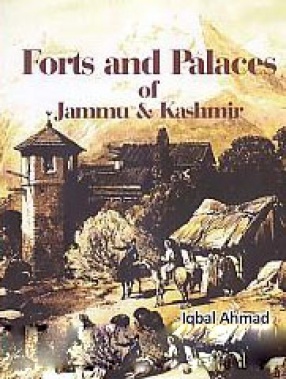


Brigitte Singh first came to Sanganer, Jaipur’s hand-blockprinting centre, as a student of miniatures three decades ago. Today, the visual almanac of her work gives us a truly alternate way to read medieval and modern civilisational encounters—through the evolution and transmission of motifs and craft techniques over centuries.
Brigitte Singh’s exquisite work with blockprints is a form of re-enacted design history, rendered in visual rather than ...

Present work entitled, Mughal imperial costumes and designs during 16th and 17th century. This work is meant primary for the researcher who want to come in the field of Mughal imperial costumes and designs. It will also prove beneficial for the student of Medieval Indian History.
Unfortunately the primary and secondary sources of Mughal period have not discussed much about Mughal costumes. No separate work exists on this theme. Through several writers have ...
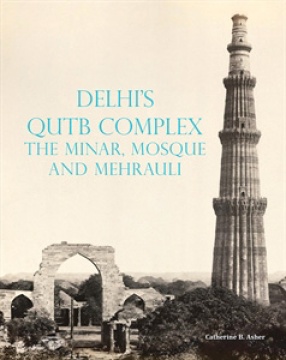
This book presents a geographical, chronological and cultural narrative of the famous Qutb complex in Delhi and its surrounding area, Mehrauli. It examines the initial growth of this area from its founding about 1060 by the Rajput Tomars near the temple of Yogmaya, its likely takeover by the Chauhans and then its establishment as a Muslim headquarters under the Ghurids of Afghanistan and their successors, the independent sultans of Delhi. Besides the celebrated ...

The present work entitled "the Wonders of Mughal India" an attempt has been made to light the Mughal India - Historical and factual tracing of description, regarding founder and rulers of Mughal period of India. It is a fact of immense significance that whereas in the Tracing medieval India's Mughal period History, since the conquest of Babur played the role of a powerful effective but mostly external factor in the East the expansion of Mughal rule ...

The present work entitled "the Wonders of Sultanate India" an attempt has been made to light the medieval India – Historical and factual tracing of description, regarding founder and rulers of Sultanate period of India. It is a fact of immense significance that whereas in the tracing medieval India's Delhi Sultanate period history, the conquest of Islam played the role of a powerful effective but mostly external factor in the East the expansion of ...

Abdur Rahim Khan-i-Khanan (1556–1627) was referred to in Mughal records as the ‘noble of nobles’, and was praised in the verses of his contemporaries as a patron of legendary generosity and erudition. An unmatched soldier and statesman, Rahim served Akbar and Jahangir, and commanded Shah Jahan’s imperial army on the battlefield. A poet of rare skill, he wrote poems in Persian, Sanskrit and Hindavi, with metaphors ranging from Giridhar to ...


Taj Mahal: Multiple Narratives presents a new perspective on the Taj Mahal and Agra. The city and its iconic monuments have often been written about, exclusive of each other. Many stories from Agra form the pillars on which the Taj Mahal was built. Pleasure gardens or a dusty township of the Middle Ages, Agra has many dimensions. The book looks at global events, national events and showcase contemporary buildings and subsequent events which transformed it from a ...

The Humayun’s Tomb-Nizamuddin area, inhabited by a vibrant local community, is visited by millions of tourists and pilgrims each year. Conservation works being undertaken on the monuments in this area have aimed to re-define standard conservation practice in India by setting benchmarks in using a craft-based approach, setting documentation standards, using a participatory and multi-disciplinary approach, and using the conservation initiative as a tool ...

What we know today as Chandni Chowk was once a part of one of the greatest cities of the world—the imperial city established by the Mughal emperor Shahjahan in the seventeenth century, and named after him—Shahjahanabad. This is the story of how the city came to be established, its grandeur as the capital of an empire at its peak, and its important role in shaping the language and culture of North India. It is also the story of the many tribulations ...
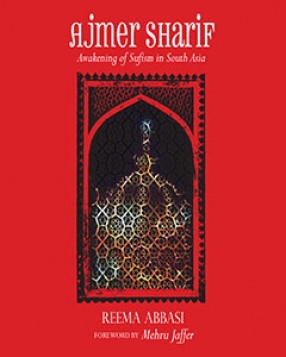
The Sufi saint Khwaja Muinuddin Chisti introduced the Chisti Order of Sufism to the Indian subcontinent in the 12th century. His dargah at Ajmer is a center of pilgrimage for thousands of seekers of all faiths, even today. Daily, numerous pilgrims arrive to pay homage at the shrine, seek the blessings of the saint known as Gharib Nawaz (Benefactor of the poor) and take part in the rituals at this sacred site.
This in-depth researched work traces the history, ...

This work explores the living traditions of Balochistan and provides a deeper understanding of the province's religio-cultural, architectural, textile, and symbolic traditions which are explored in depth. The architectural and artistic traditions of the myriad Baloch groups are documented. The field work and data collection is theoretically contextualized and draws upon a combination of reference points from Islamic architecture as well as anthropology. Selected ...

Memoirs of the Badshahi Mosque is an unconventional attempt to bring together diverse aspects of the Badshahi Mosque in a single narrative—aspects that are historical, political, and artistic at the same time. Even though many general studies have been done over the years, few have taken a critical approach towards the history of this monument. There is a striking peculiarity about this mosque which highlights the need for further research—the ...

Although the artist Sadequain was commonly regarded as a modernist, the author, who is well known as an art critic and connoisseur, suggests that his art was most modern when he was traditional, and strictly traditional when modern. This prolific and versatile artist was a khattat (calligrapher), book binder, master of drawing, painter, and poet. Thus, in himself, he recreated within one person the traditional guild of the Muslim artists and artisans of the ...

This study, the first of its kind, is based on the author’s own architectural documentation and photography. The historical monuments studied in this book include baolies (step-wells), caravanserais, baradaries, kos minars, bridges, and hammams, which were meant for the welfare and comfort of the public. These were constructed during the Muslim rule in the areas now forming Pakistan. The book is illustrated with photographs and plans of some selected ...
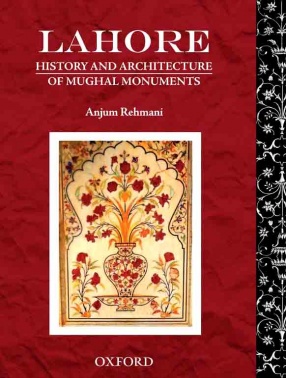
The city of Lahore, one of the seats of the Mughal Empire, is regarded as the cultural centre of Pakistan and is famous for its many old monuments. However, the informed visitor or student has long felt the absence of a reliable volume on its architecture. Dr Rahmani’s book is diligently researched and deals with the history and architecture of old monuments in Lahore, especially of the Mughal period. The topic is rich in terms of the variety of building ...

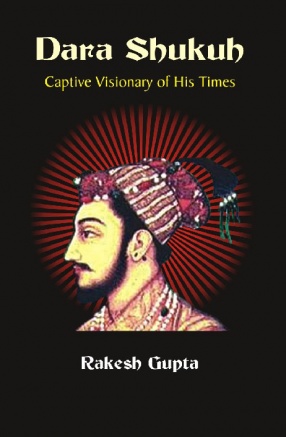
This book deals with the times, life and works of Dara Shukuh as a Sufi scholar and a military man subsumed under Akhlalq working for social cohesion within Akbar's dominant state ideology. His effort at raptures produced biographies, translations of the Upanishads, quatrains, calligraphy, architecture, astronomy and painting album. The book deals with his loves, travails, turbulence and heinous martyrdom owing to his vision and constrains of the times he lived ...
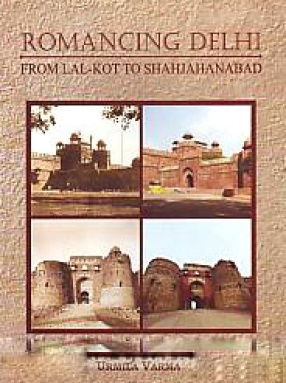
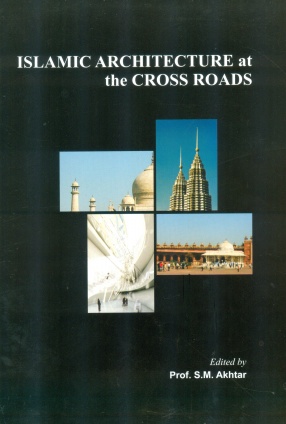
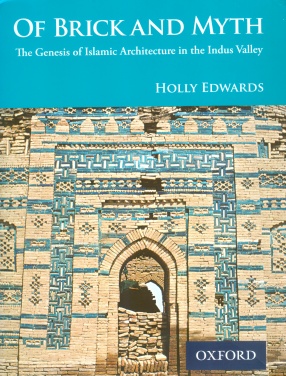
On the basis of extensive fieldwork, Edwards provides detailed descriptions of individual structures tracking brickworking styles and other significant craft practices. The catalogue of monuments is contextualized with a brief historical narrative and art historical commentary. What distinguishes this study is its tight focus on material evidence and local ethos presented against the grain of previous scholarship. Thus, whereas traditional analysis explains ...

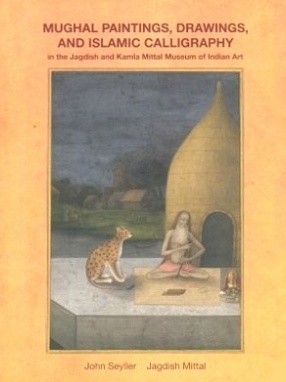
This beautifully written and illustrated book is the fourth publication of the jagdish and Kamla Mittal Museum and other types of Indian art is of such exceptional quality that it has long commanded the attention of art scholars and connoisseurs.
